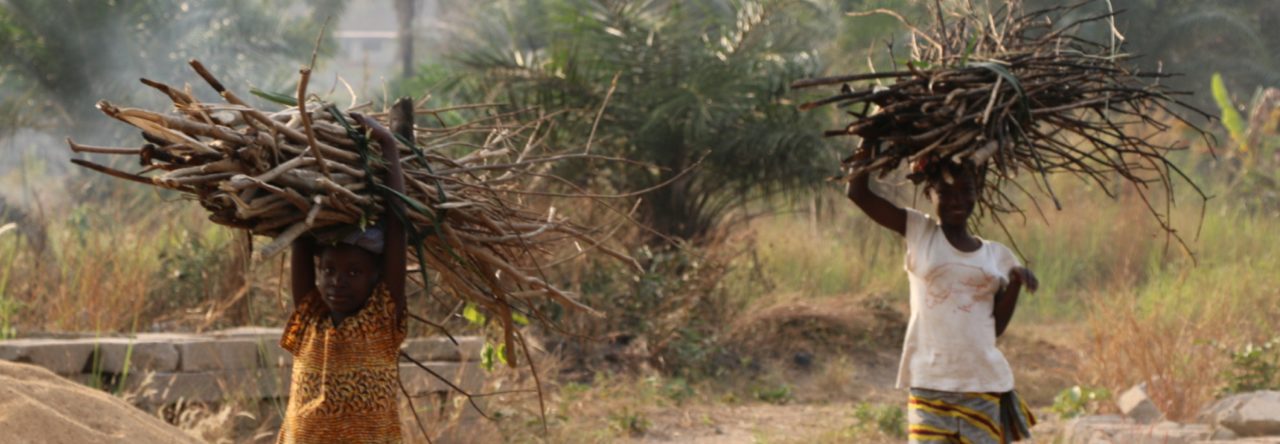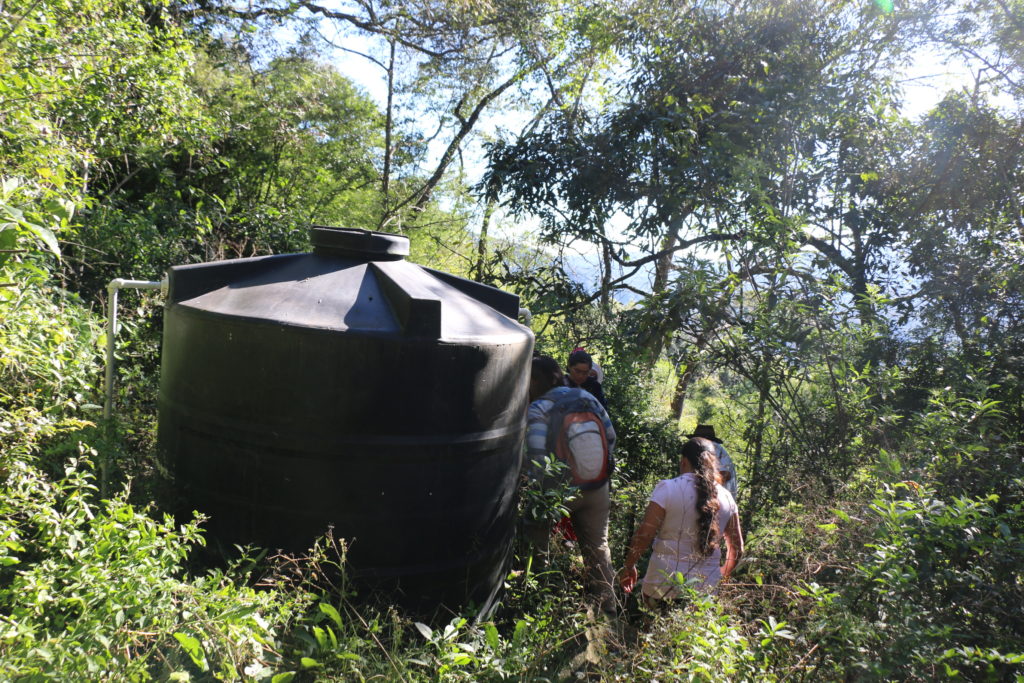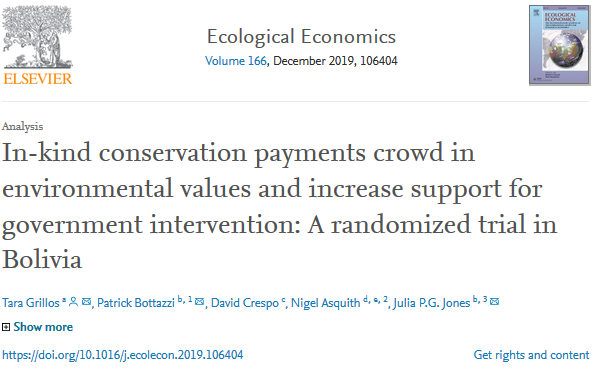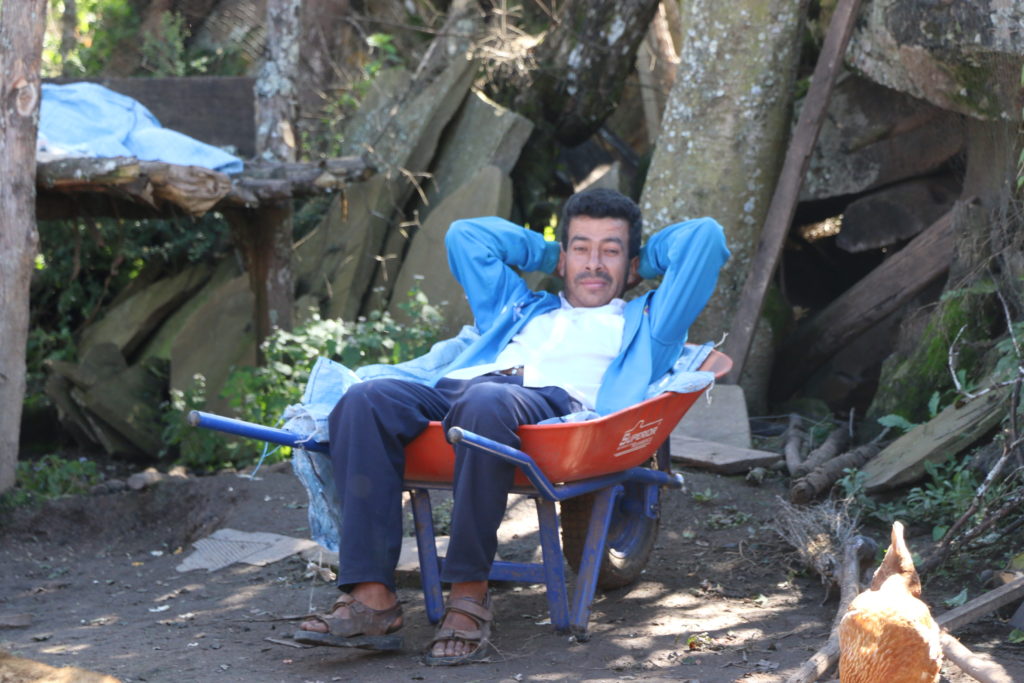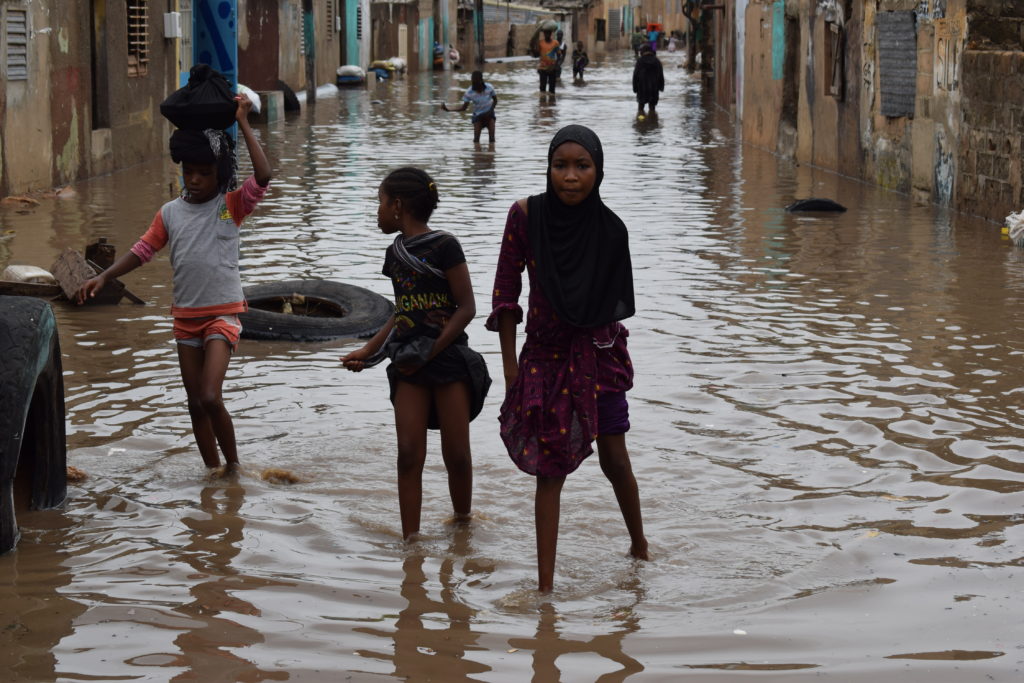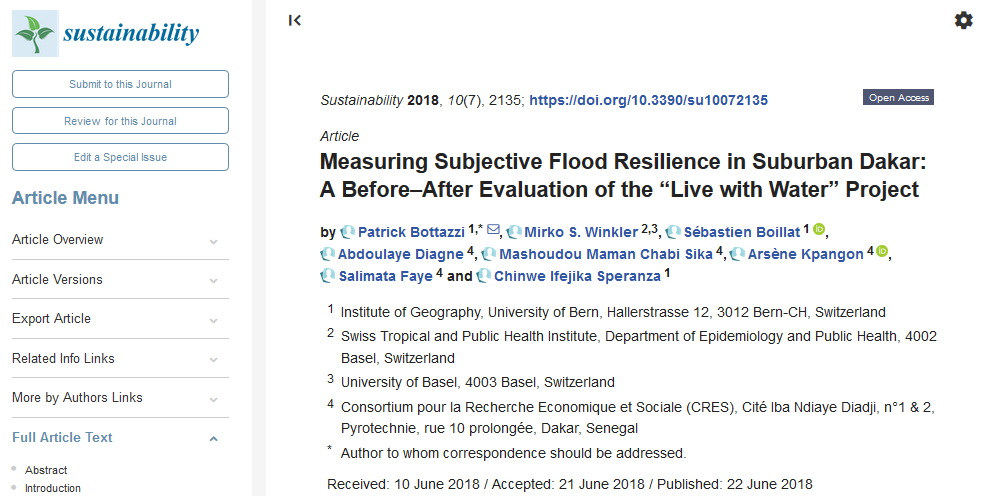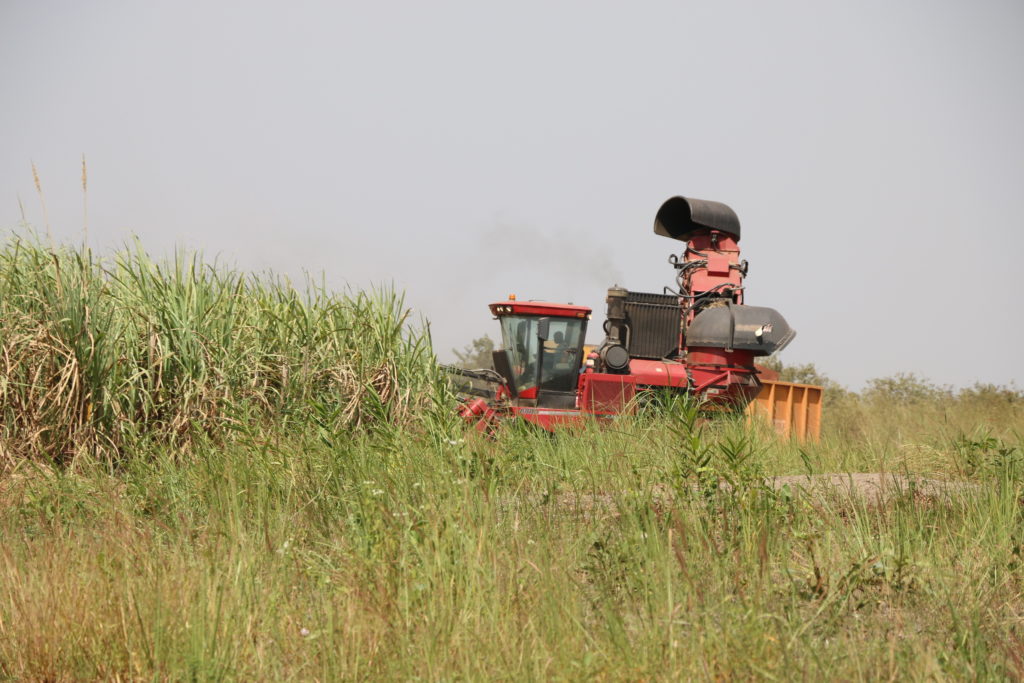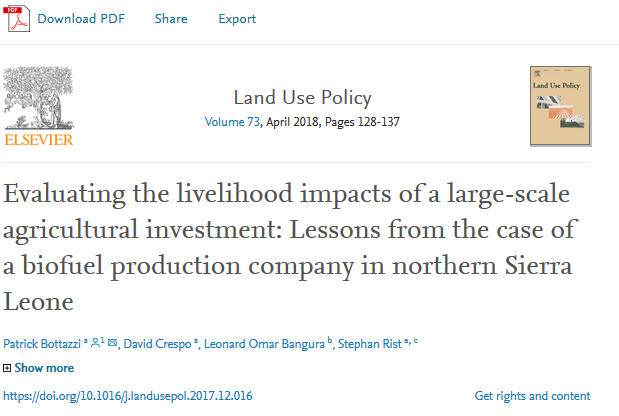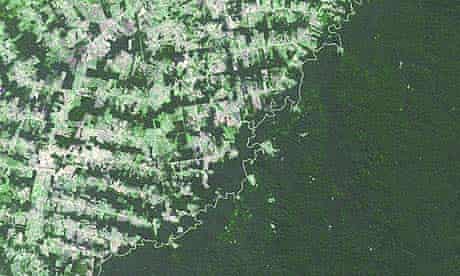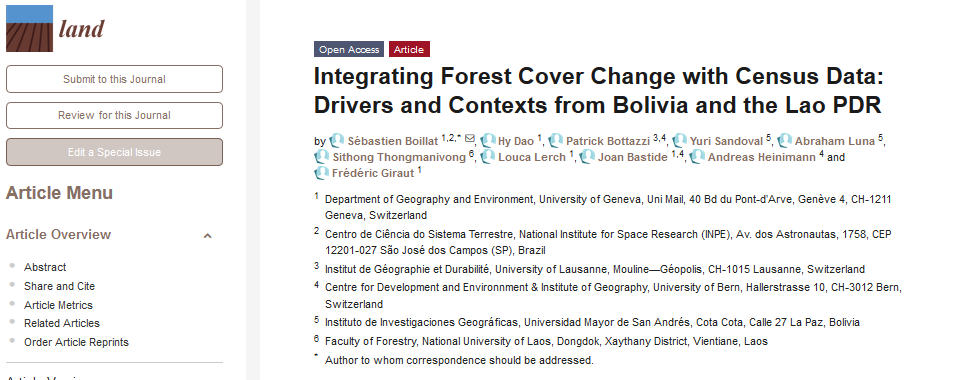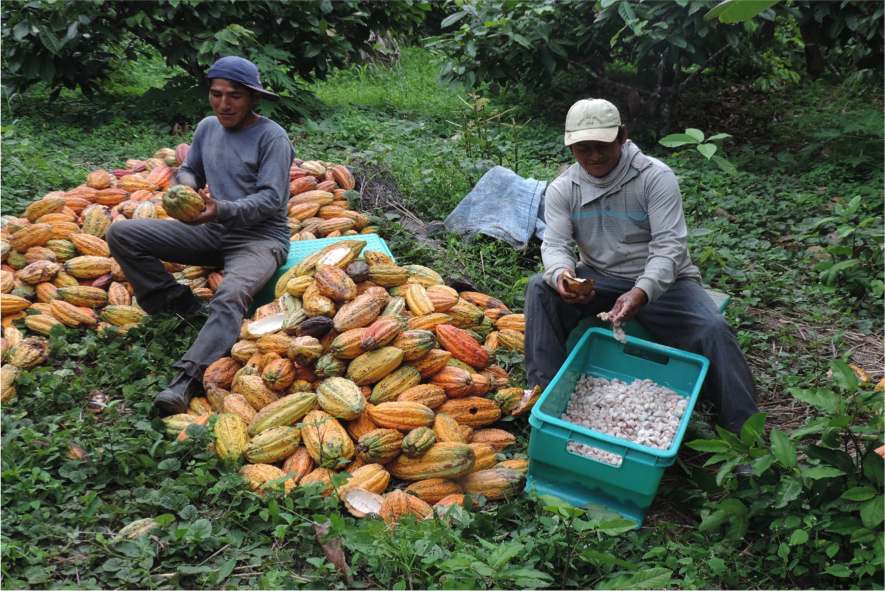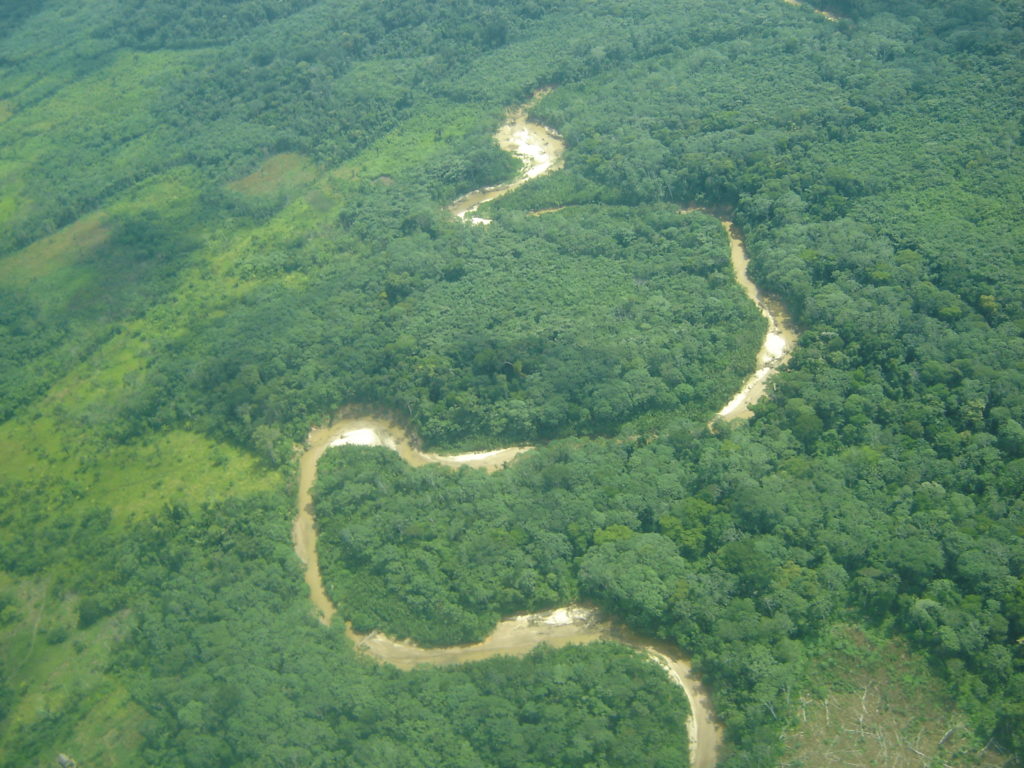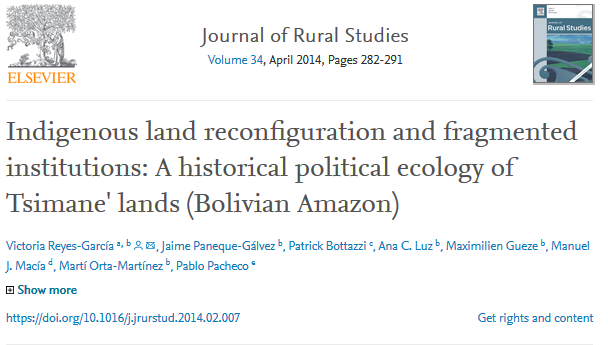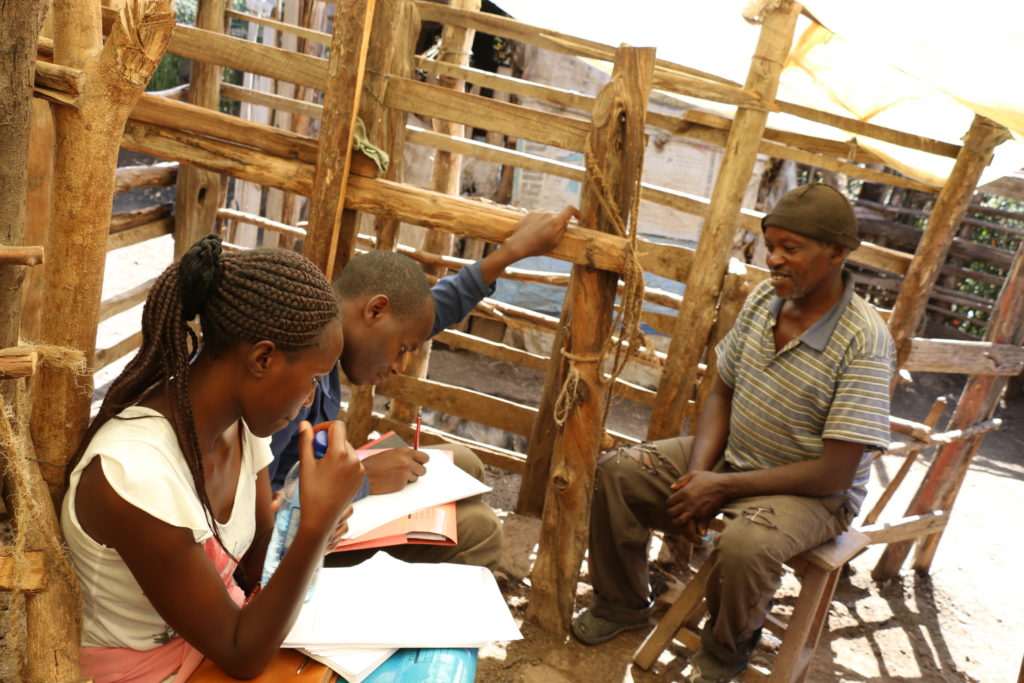
Food insecurity remains a major concern for numerous rural households in Sub-Saharan Africa who rely on agriculture as their main source of livelihood. The assessment of the links between food security and livelihoods is central for overcoming widespread food insecurity. However, assessments of food security remain challenging, due to its multi-dimensionality and the challenge of finding indicators that are comparable and applicable to various contexts. This study addresses this challenge by adapting a food security index (FSI) and use it to assess the livelihood drivers of food security. The index captures the multi-dimensionality of food security using the conventional food security indicators. The assessed indicators include measures of “food consumption score”, “household dietary diversity score”, “coping strategies index”, the “household food insecurity access scale” and “months of adequate household food provisioning”. The study covered 600 randomly selected households representative of three ecological areas located closed to large scale agricultural investment of Mount Kenya region in Kenya. Linear regression was used to identify livelihood factors significantly influencing food security. Spearman’s rank-order correlation and student’s T-test demonstrated a strong and significant correlation between the composite FSI index and the each classical indicators of food security. Overall, 32% of the households were food secure and 68% were food insecure. Households’ ownership of productive hand tools, followed by off-farm income, consumption of own produced food, type of agro-ecological zone farm income and number of main crops infested by pests had a significant effect on household food security. All these factors, expect number of main crops infested by pests, were found to positively influence household food security. Household size, the size of accessible land and households’ members’ participation to large agricultural investments (as wage workers or sub-contract farmer) were not significantly influencing food security. Households of the Mount Kenya region need alternative off-farm income sources combined with further support to improve sustainable agriculture management with appropriate hand tools.

![]()
